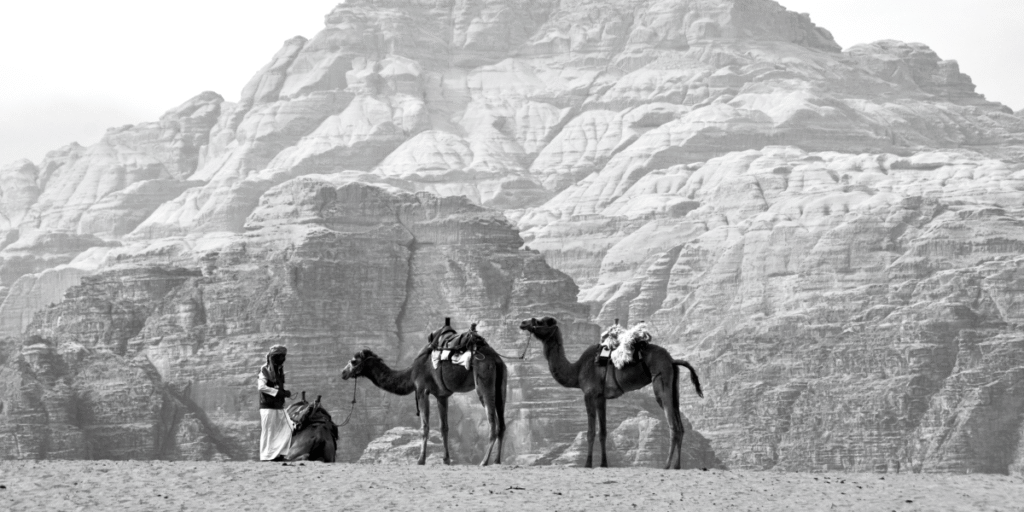The decision to embrace a mobile lifestyle is often seen as a personal choice, a quest for adventure, or a simpler life. However, a deeper look reveals that this growing movement is also a response to some of the most profound global and historical shifts of our time.

1 Climate Change and the Mobile Lifestyle
From severe weather events to slow-onset changes like sea-level rise and desertification, the climate is becoming an increasingly powerful driver of human displacement. As these shifts affect more people and become a subject of global concern, a growing number are becoming more informed and apprehensive about their long-term stability. This challenges the viability of a fixed home in a vulnerable location and prompts people to consider more resilient and mobile living solutions.
To learn more about how climate change is fueling human migration, you can read this in-depth article: How does climate change drive human migration?

2 Political and Social Instabilities
As global politics grow more volatile, personal security feels increasingly fragile. Political instability, civil unrest, and shifting regulations put people and their assets at risk. These pressures raise doubts about the value of staying tied to a fixed location. For many, a mobile lifestyle offers a flexible way to protect autonomy and maintain security.
For a deeper look into how political instability is a driver of human mobility, you can explore this report: The Political Dynamics of Human Mobility: Migration out of, as and into Violence.

3 Employment Shifts
The traditional 9-to-5 job is no longer the sole model for earning a living. The rise of the gig economy, the explosion of the creative industry, and the increasing viability of remote work have detached employment from a fixed office or location. This prompts people to seek a living solution that supports a life of professional fluidity, allowing them to pursue diverse opportunities wherever they may arise.
To understand the global scale of this shift and its implications for the future of work, you can read this report: The Future of Jobs Report 2023.

4 Economic Shifts
Beyond employment, the core economics of modern life are being re-evaluated. Soaring housing costs, a culture of consumerism, and the ever-increasing cost of living bring into question the long-term sustainability of a fixed, consumer-driven lifestyle. This raises the question of how to achieve financial freedom and prioritize living with less, while also promoting reusability and the right to repair.
To explore the global challenges of housing affordability and the broader economic trends that are changing where and how people live, you can read this report: We have a global housing mismatch, not a housing shortage.

5 Nomadic Roots of the Mobile Lifestyle
For most of human history, a nomadic lifestyle was the norm. Early civilizations moved to follow food sources, avoid harsh weather, and seek new opportunities. This ancient instinct remains powerful, fueling our yearning for a primal connection to nature. It also points toward humanity’s future, as the drive to explore extends to other planets. A nomadic lifestyle is, in many ways, a return to our roots and a preparation for what is to come.
To explore the rich history of nomadic peoples and their significant contributions to civilization, you can read this article from the Smithsonian Magazine: How Nomads Shaped Centuries of Civilization.
